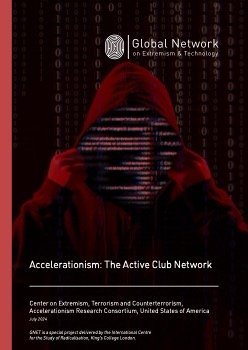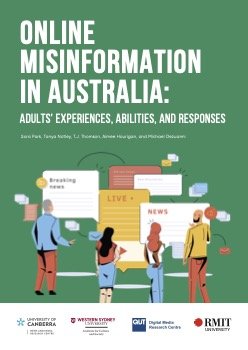By Lisel Petis
Law enforcement agencies across the country, regardless of state or jurisdiction population size, are facing challenges on a daily basis, including exhaustion and frustration from dealing with “frequent flyers” and “repeat callers;” continued stress and pressure caused by agency staffing shortages and negative public sentiment; and increased rates of community mental health and substance abuse issues leading to potentially dangerous outcomes. In response, some conservative areas have found a way to better support their local law enforcement and the communities they serve through pre-arrest diversion programs. Pre-arrest diversion models—such as Law Enforcement Assisted Diversion (LEAD), co-responder and community responder—have become some of the most successful trends in criminal justice. These programs already exist across the nation and have proven efficient and effective in diverting low-level offenders from the criminal justice system. By looking at the execution of LEAD in Laramie County, Wyo., Behavioral Health Connect (BHCON) in El Paso County, Colo. and Community Assistance and Life Liaison (CALL) in St. Petersburg, Fla., other jurisdictions can understand how pre-arrest diversion reduces calls for service, saves police officers’ time and decreases jail populations. Furthermore, these districts serve as an example that allows us to explore how to successfully implement a diversion program and navigate potential challenges.
Key Points: 1. Conservative jurisdictions are turning to novel prearrest diversion models to help with staffing shortages, court backlogs and “frequent flyers” who are often suffering from mental health or addiction issues. 2. Pre-arrest diversion models—such as LEAD, corresponder or community responder—prioritizes police time, court resources and jail space for serious offenses and violent crimes while also repairing law enforcement’s relationship with the community, connecting individuals with services and reducing recidivism. 3. Communities can better support their local law enforcement and overcome concerns of logistics, safety and funding when implementing their own diversion programs.
R STREET POLICY STUDY NO. 252 March 2022, 12p





















